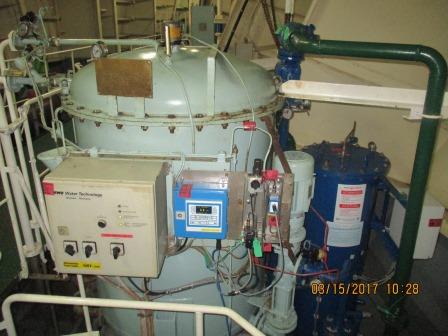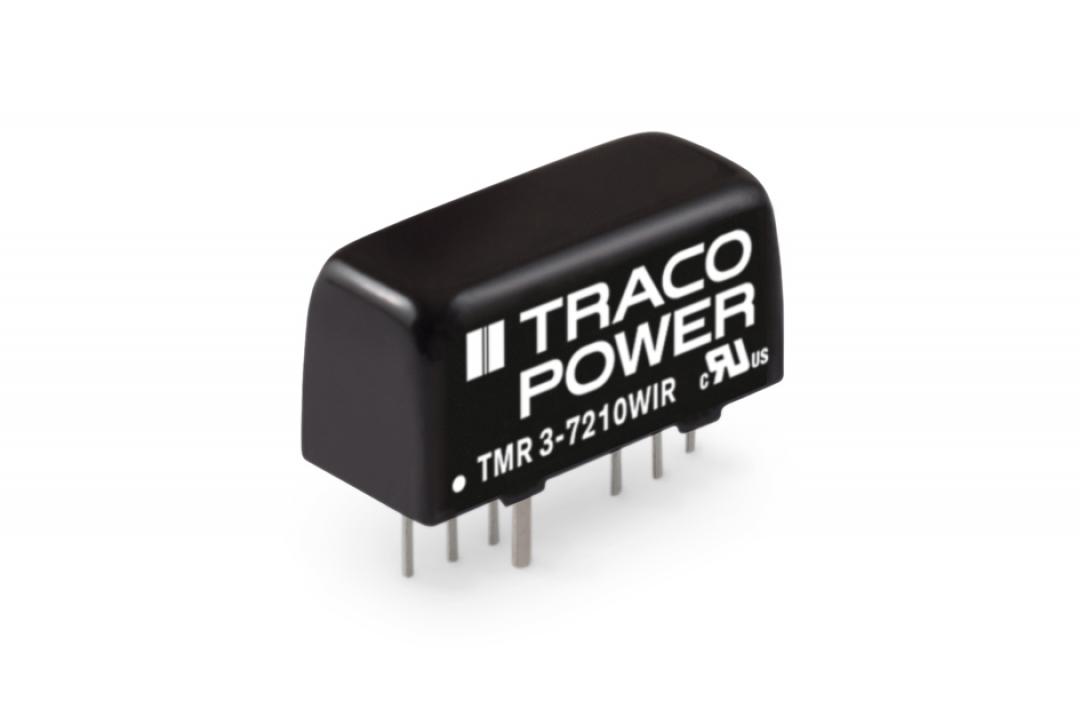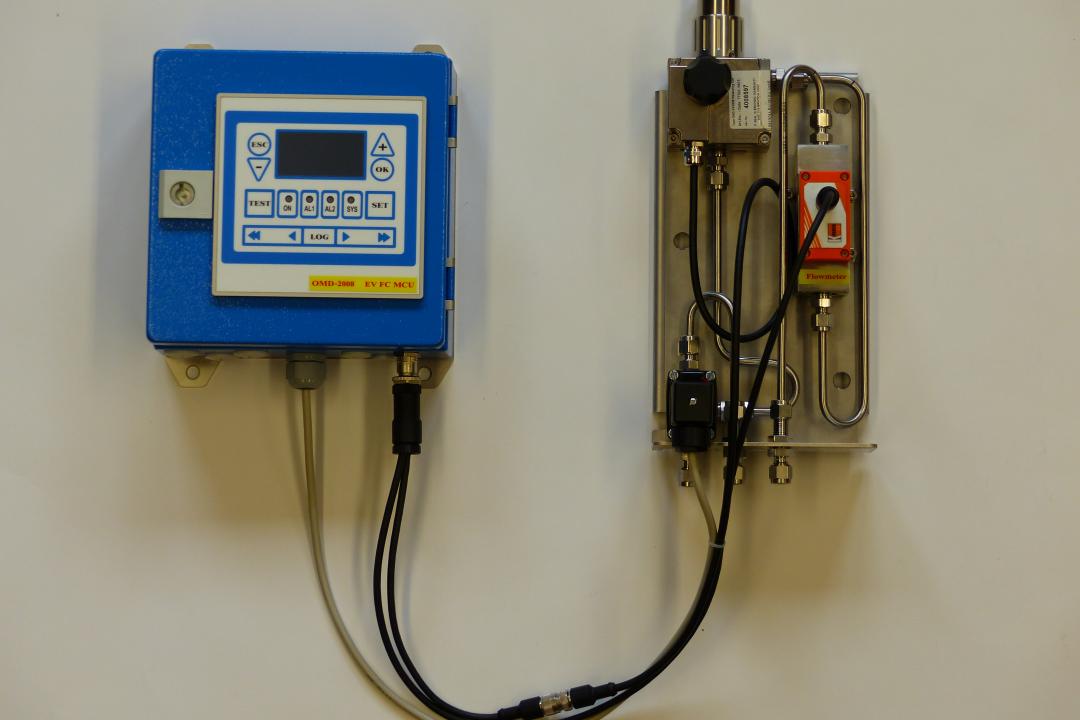Search by Industry
Search by Category
Custom Search
Direct Sales and Distributor
Europe
Find out moreAmericas
Find out moreAsia Pacific
Find out moreMiddle East
Find out moreAfrica
Find out more
Autor: Axel Schütz, Vertriebsingenieur
In the entrance area of a supermarket, each of us passes the fruit and vegetable section. There they are offered: salad, tomatoes, apples or avocados. Probably, only a few of us ask ourselves how the super-food avocado finds its way onto the shelves. A look at the cultivation areas quickly brings us closer to the answer. Mexico, South Africa, California or Australia. These areas make only one option for transport seem feasible: by ship.
In fact, 90% of the world’s goods are transported by sea. There are more than 90.000 ships of various types and sizes on the seven seas: Cargo and container ships, oil, gas and chemical tankers, ferries, tugboats and cruise ships.
One common feature is that water collects in the lowest space in practically every ship. This is the leakage water that has penetrated e.g. In wooden ships. In modern ships, this can also be condensation water caused by air-conditioning systems. This accumulated water is called bilge water. The lowest space on a ship that lies directly above the ship’s planks or above the keel is referred to as the bilge. This water is pumped overboard. A neutral observer’s neck hair stands on end reflexively at this idea. Pump dirty water overboard? Isn’t there oil contained in it? This reaction and the questions that go with it are quite legitimate.
Less oil in the ocean thanks to German innovation
We can reassure the observer at this point. De facto, the water is purified before it leaves the ship. This maritime and mobile problem is where Deckma Hamburg Company comes in. Its speciality is oil-in-water measurements for monitoring and limiting oily wastewater in maritime and industrial applications.

In the first step, the bilge water is fed into a separator. This works on the centrifugal principle. The extremely high speed of the drum separates solids or liquids of higher density, e.g. heavy oil, from liquids of lower density (water). Such separators are manufactured all over the world. Depending on the area of application, these must be supplied with a wide variety of voltages. AC or DC voltages in the range of 24 to 230 V can occur here.. To accommodate all these different voltages, a universally suitable power supply has to be developed for this application. This switching power supply generates a DC voltage of 24 VDC, which the measuring unit requires. To convert the voltage from 9 to 36 VDC to an electrically isolated stable 5 VDC, the amplified TMR 3-2411WIR DC-DC converter from Traco Power is used.

The above-mentioned oil-in-water monitor is then used. A sample of the purified water is fed into the OMD 2008 EV FC MCU measuring unit. This can be calibrated to the fixed values 5, 10 or 15 ppm (parts per million). The water flowing through is irradiated with an optical sensor (diffuse reflection light sensor). While solid particles absorb the light, clean water leads to diffuse reflection. The monitor responds depending on the desired fixed value, e.g.15 ppm. If the threshold limits are exceeded, the LED on the front panel changes from flashing green to constant red. In addition, a relay is activated and the output can be read out accordingly. As part of control system, the measuring unit gives feedback to the separator and a readjustment takes place with the specification to realise the prescribed value (15 ppm).

The oil-in-water monitor solution from DECKA Hamburg offers the user many advantages: Robust construction, easy installation and operation, low maintenance and high reliability. These are precisely the properties that the electronic components used in DECKA’s solution must also fulfil. All these properties (robustness, ease of operation, durability, reliability) can be found in electronic components that are approved for railway applications. Of course, this also applies to DC/DC converters.
This is where the circle closes. To the neutral observer, who at the beginning asks himself the question “Why is a railway converter installed in a non-rail application?” a different picture emerges at second glance.